Improving Learning Programs: Quality in Education and Training
VerifiedAdded on 2023/06/10
|9
|575
|430
Presentation
AI Summary
This presentation provides an overview of quality improvement and quality assurance in education and training, emphasizing the importance of maintaining high standards in educational institutions. It explores the function of self-assessment and self-evaluation in identifying areas for development and implementing improvement plans. The presentation also highlights the crucial role of feedback, both formal and informal, in the learning process and discusses areas for improvement in learning programs, such as student engagement. The conclusion reinforces the significance of quality in education and its direct impact on students' futures, referencing relevant research on vocational education and healthcare education to support its claims.
1 out of 9
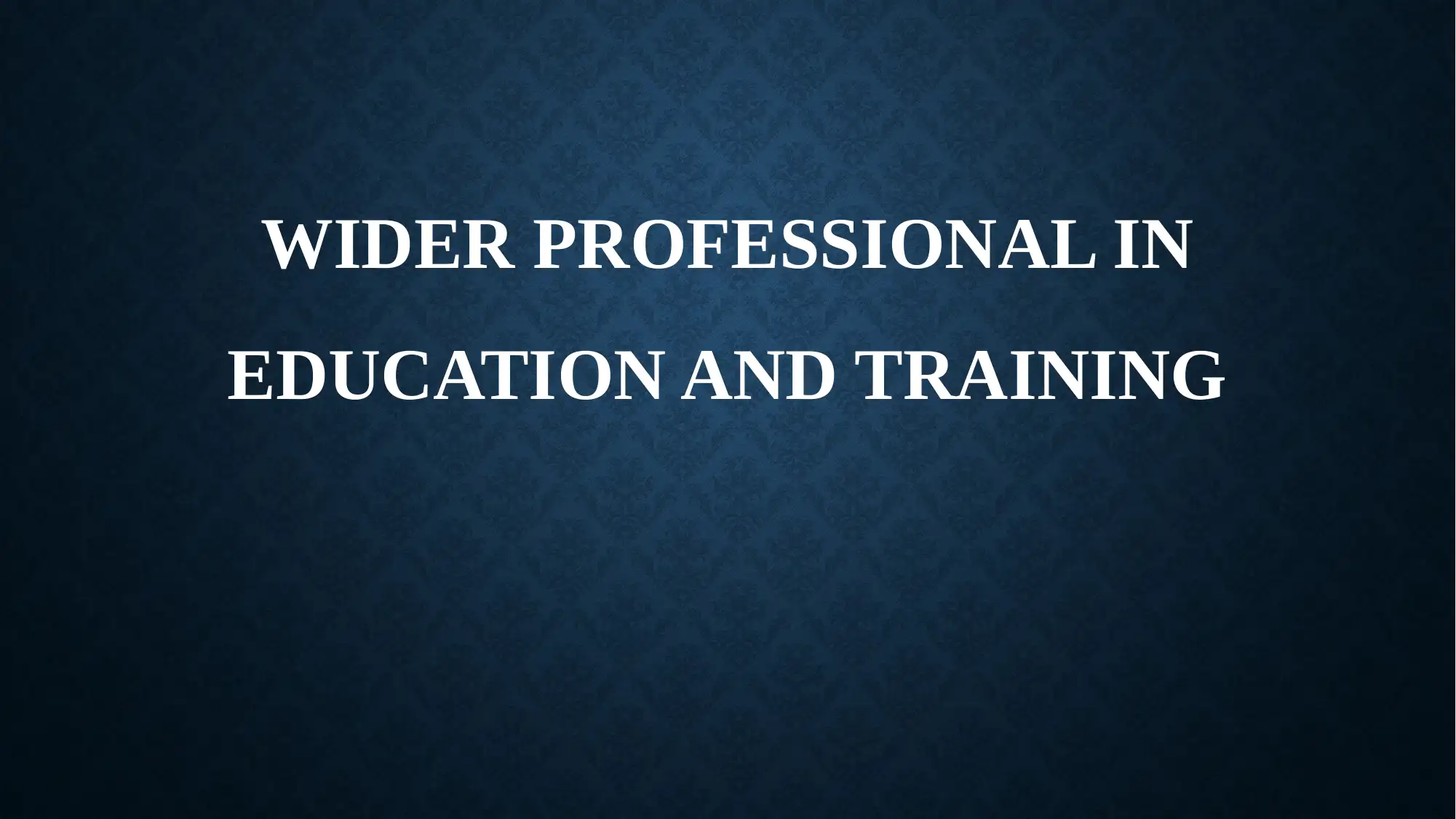
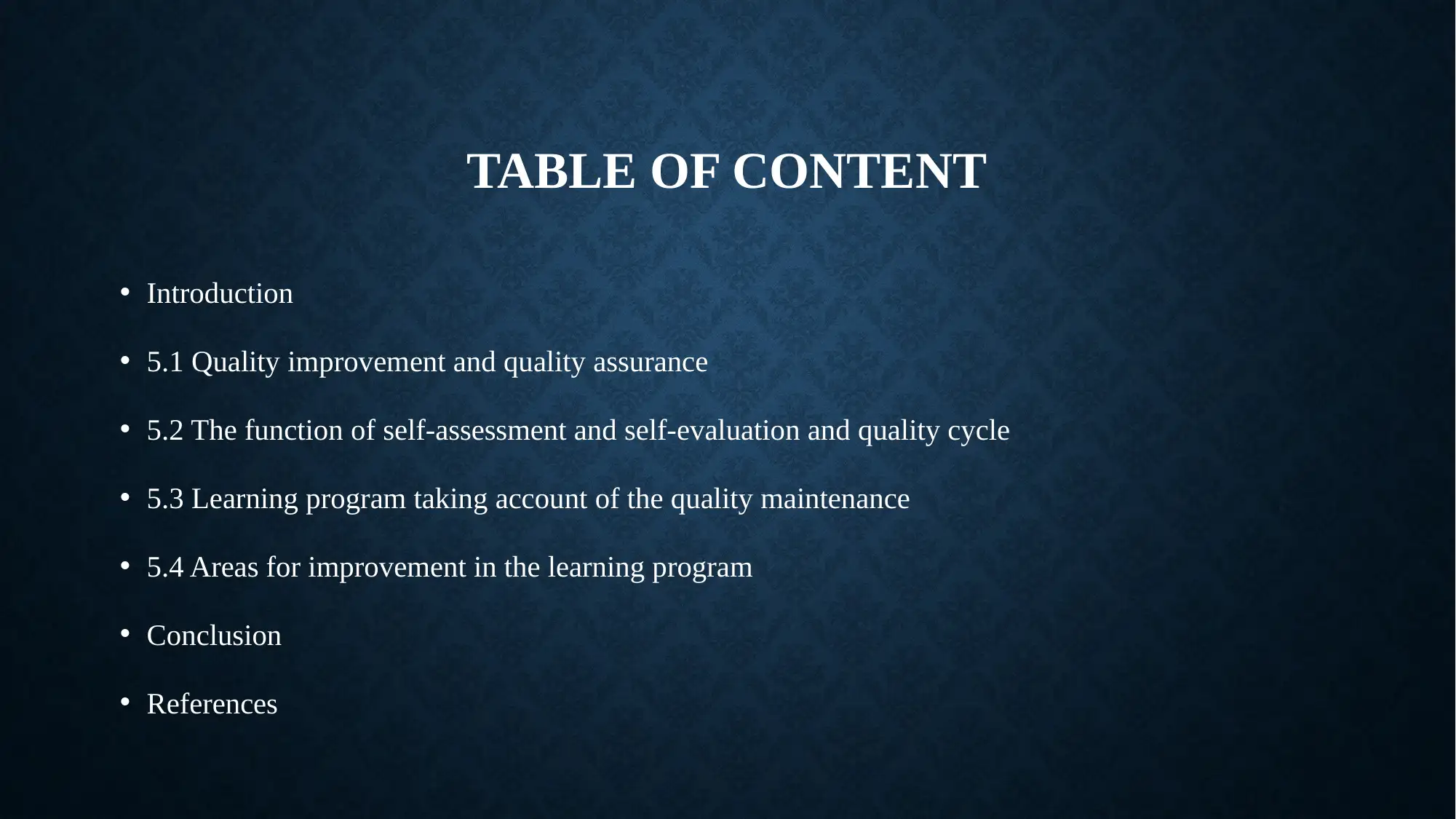
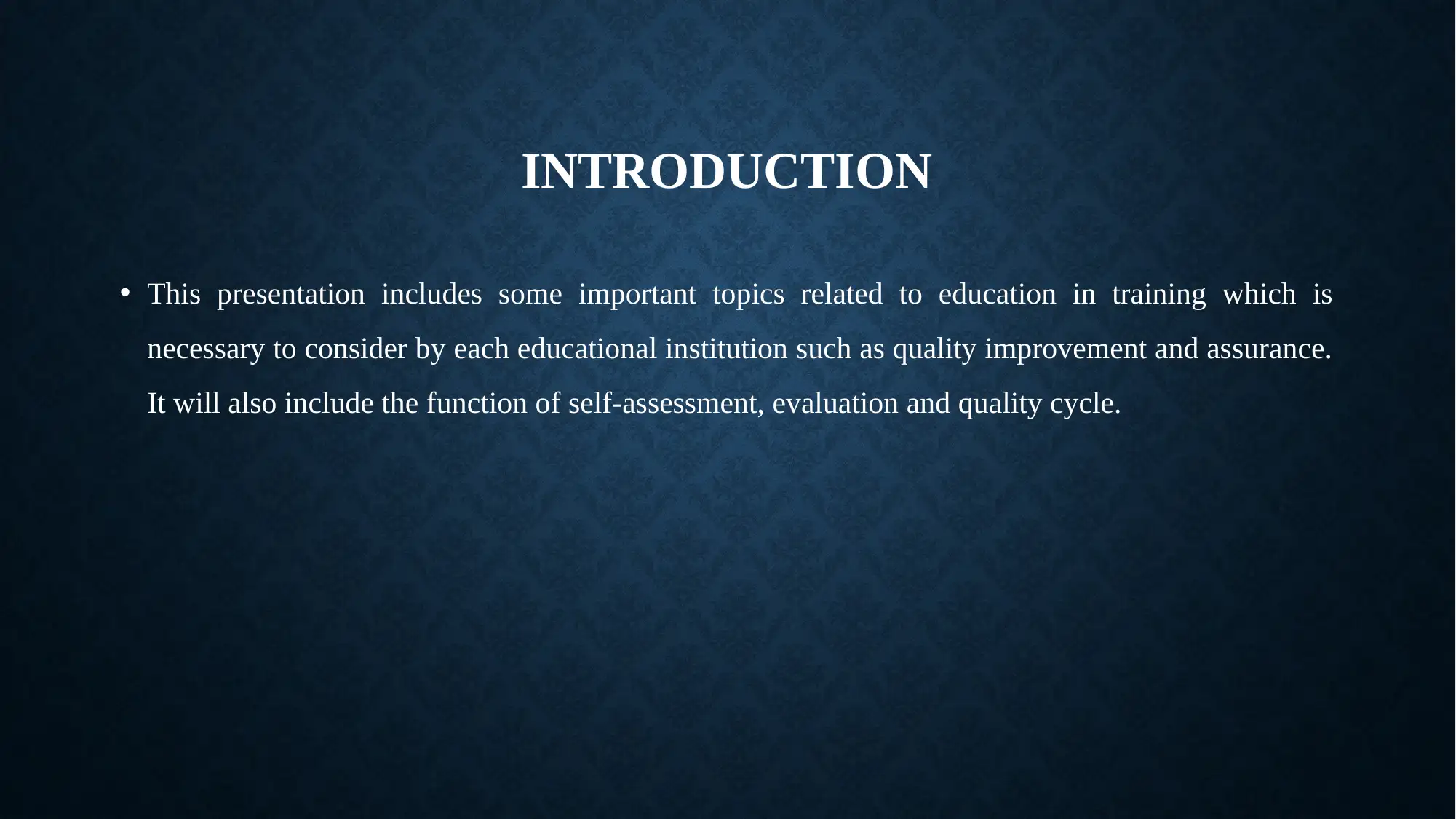

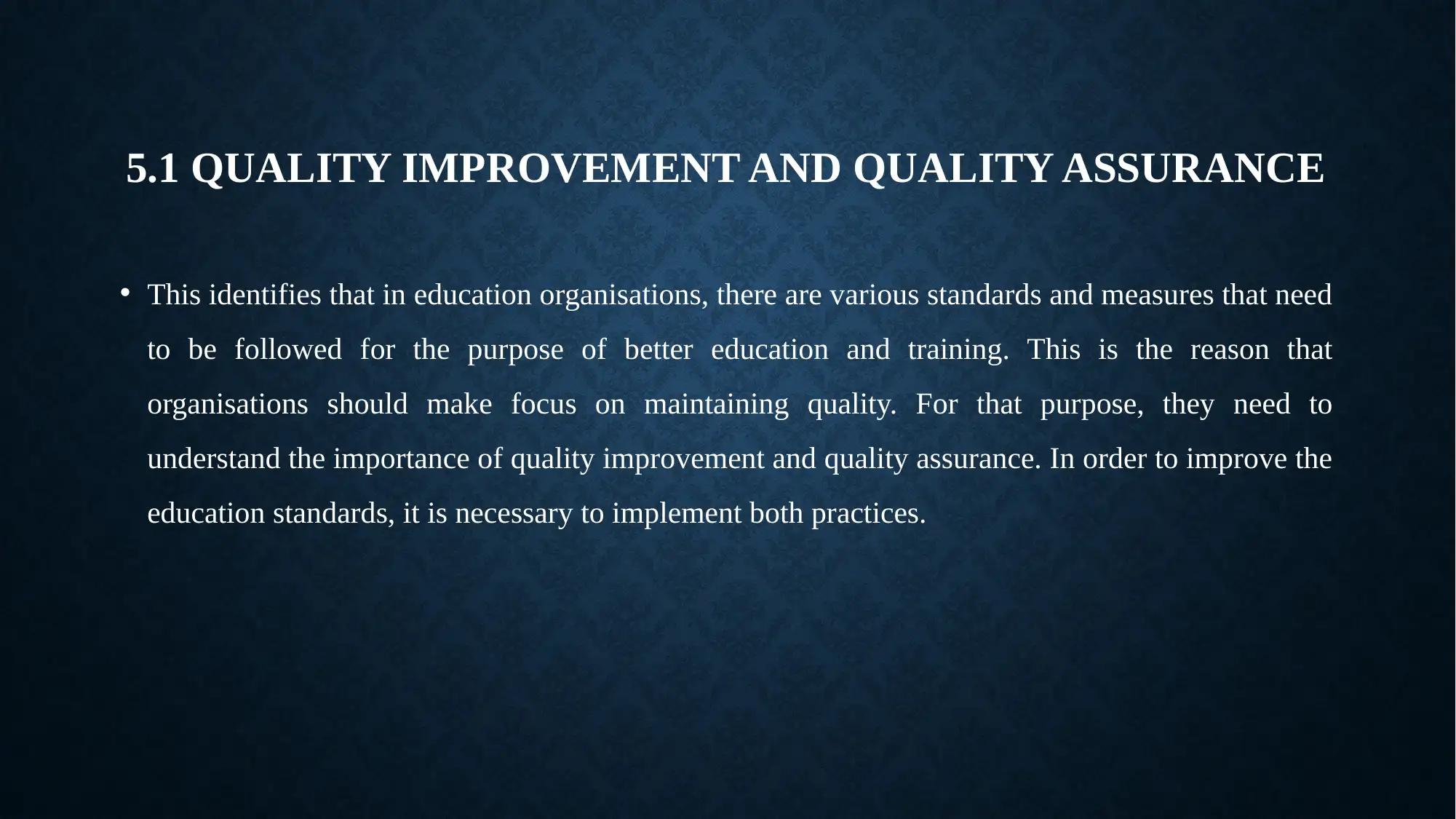
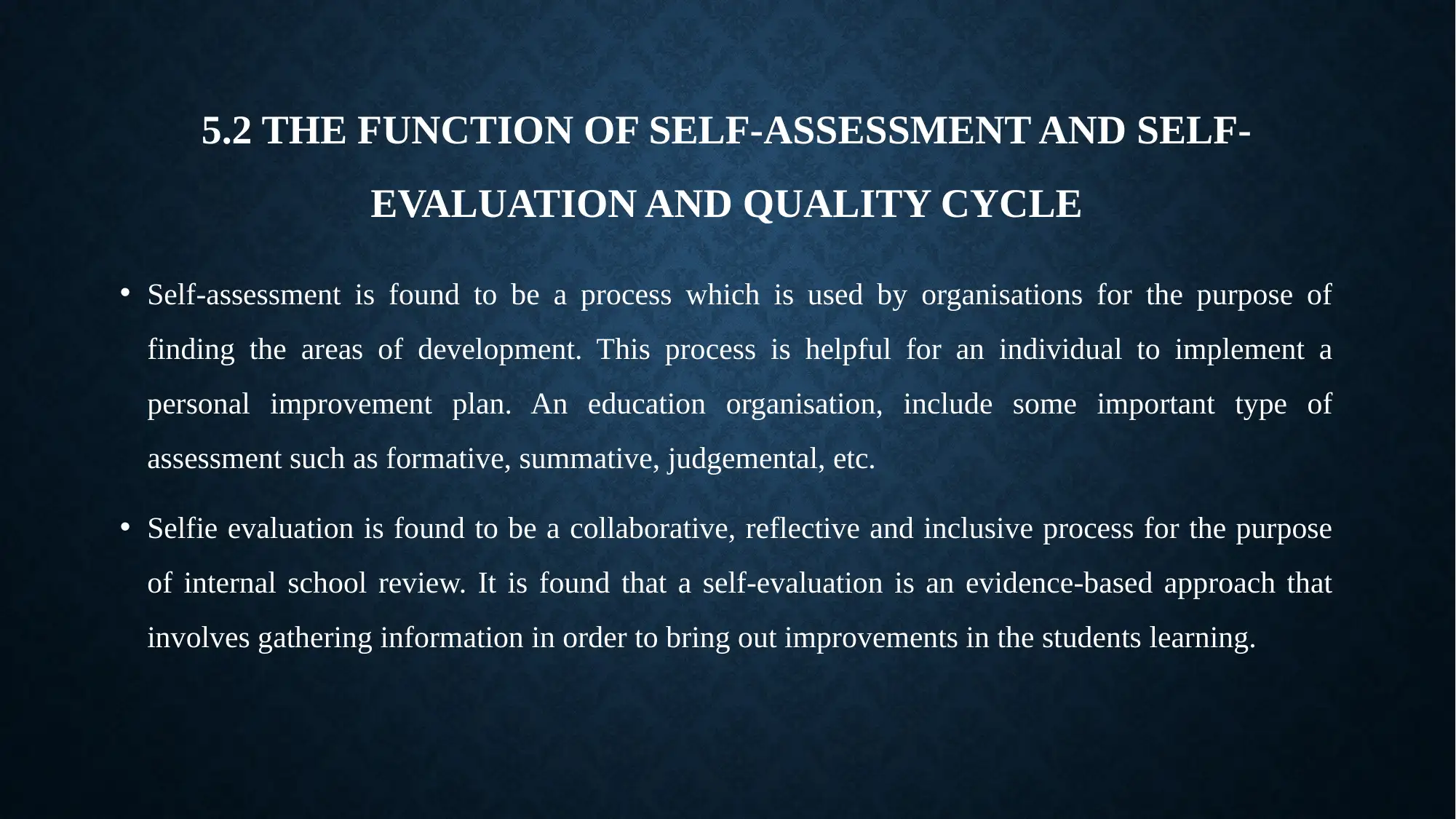
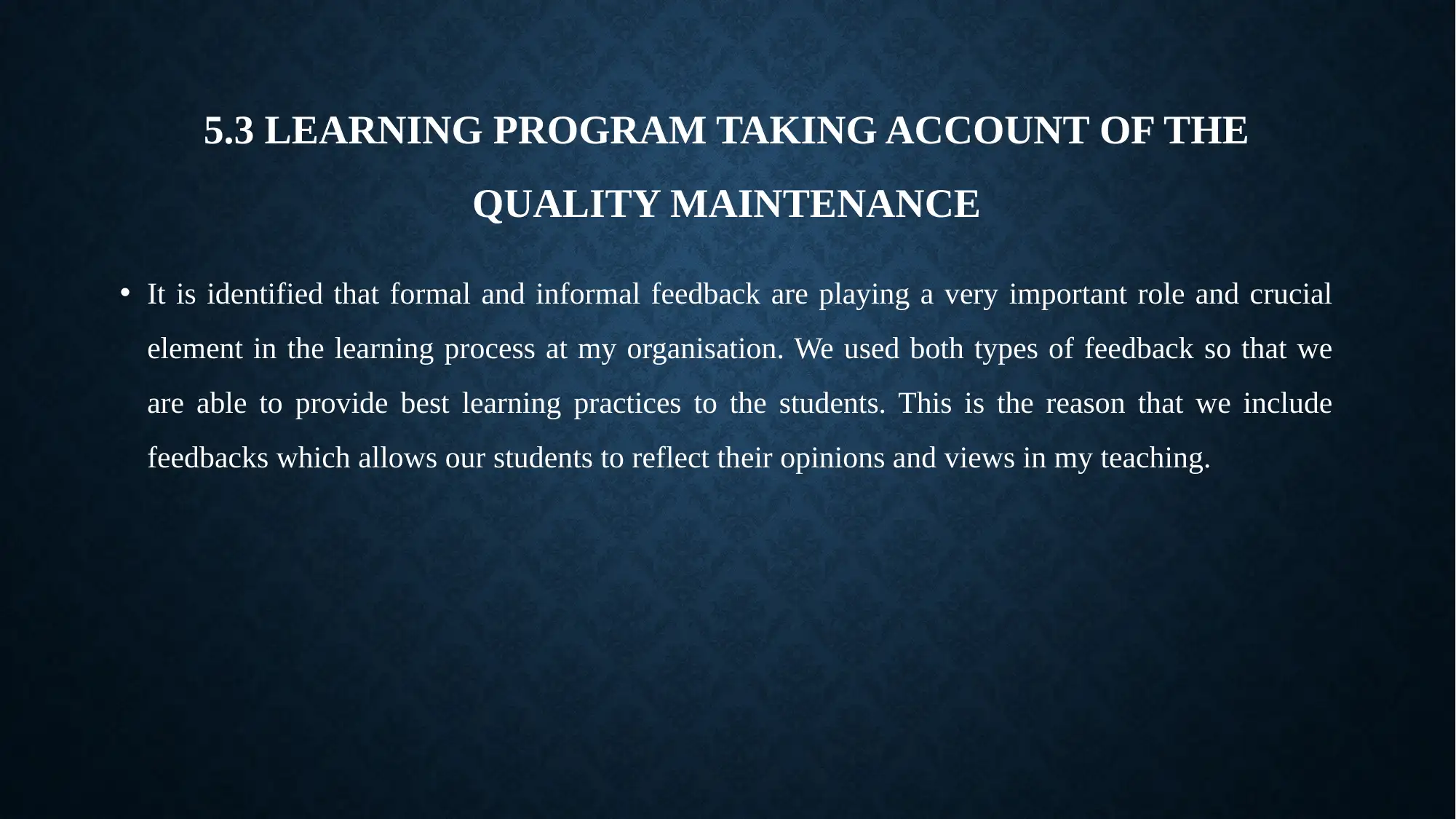
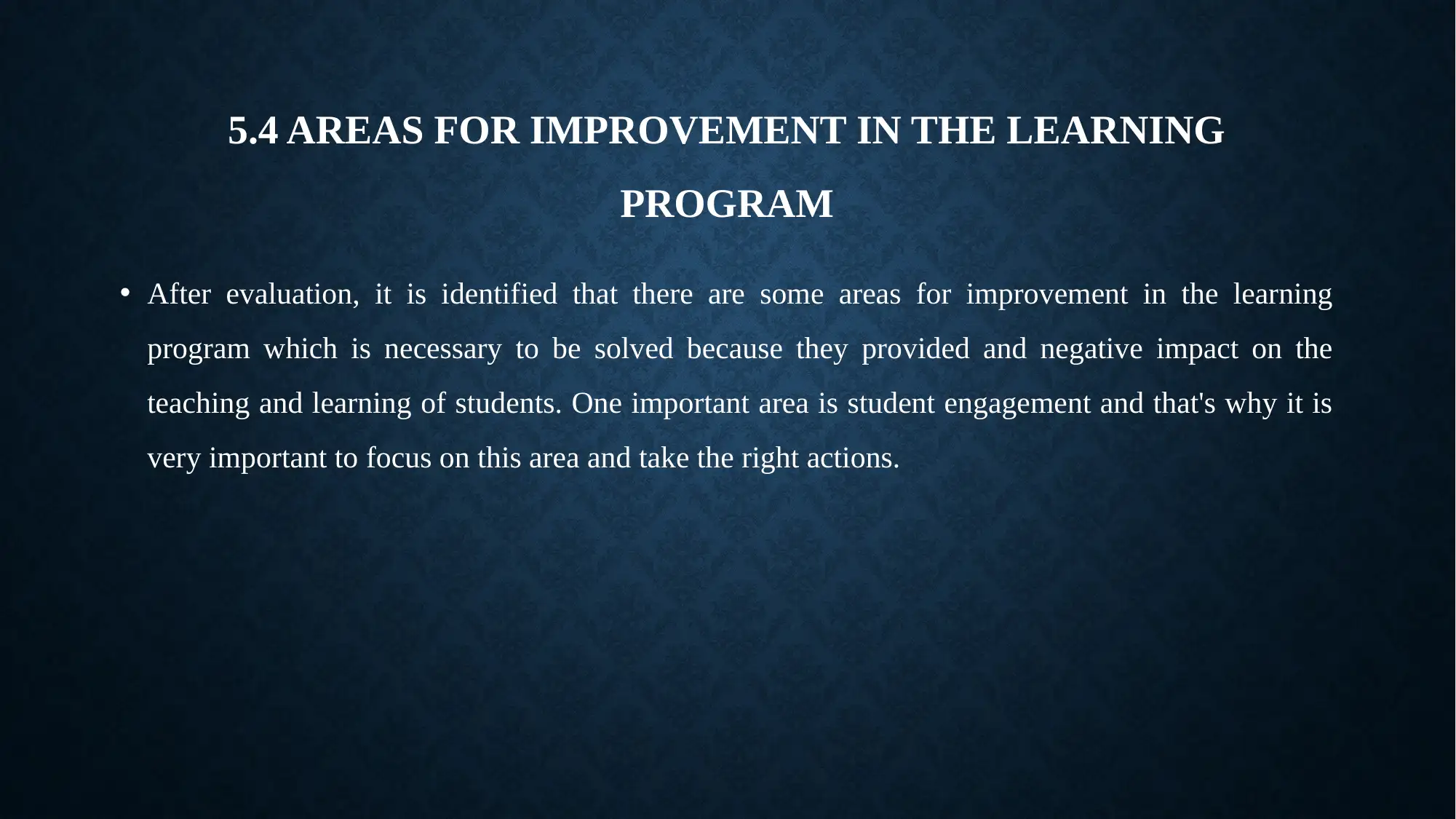

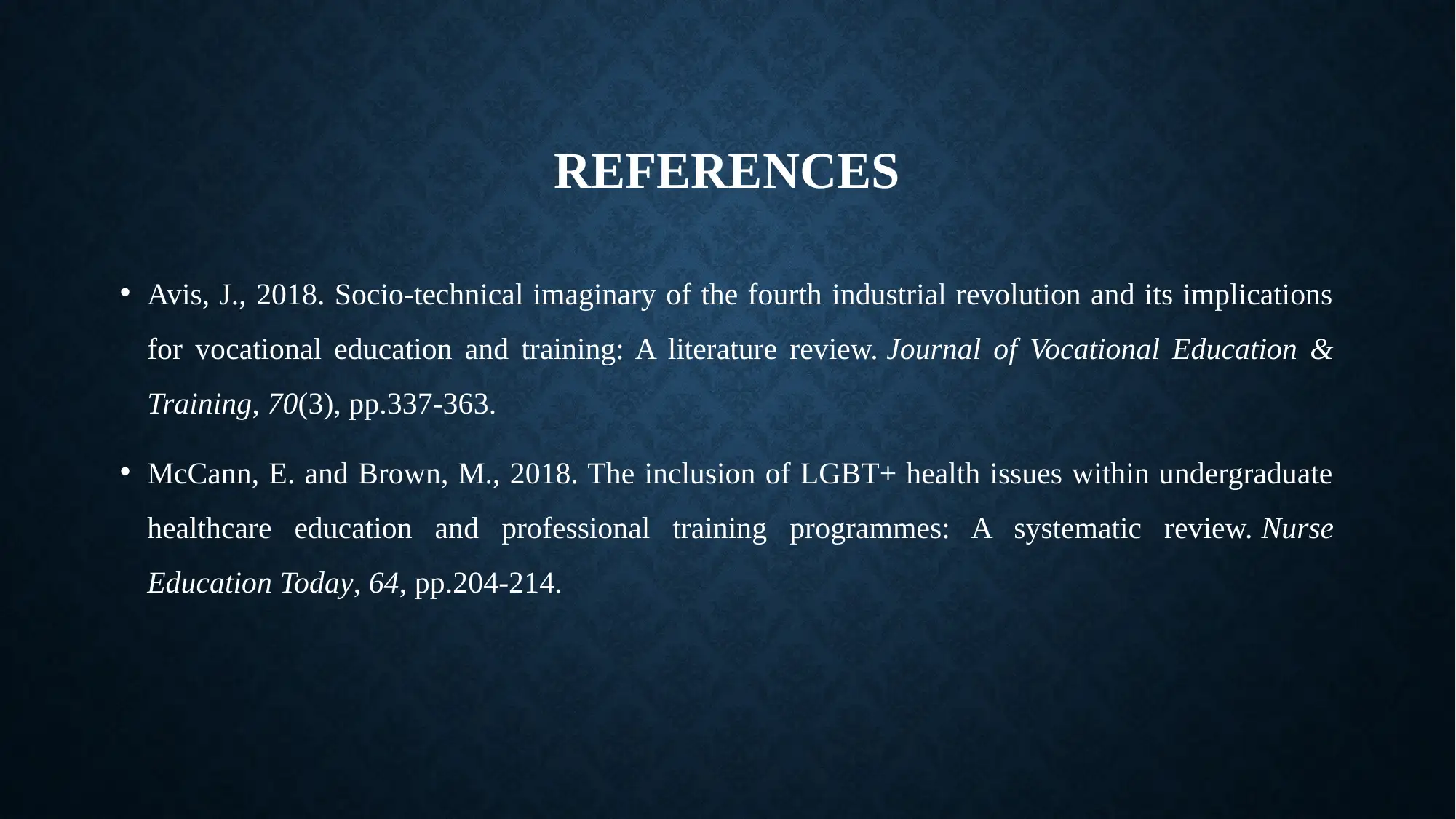





![[object Object]](/_next/static/media/star-bottom.7253800d.svg)